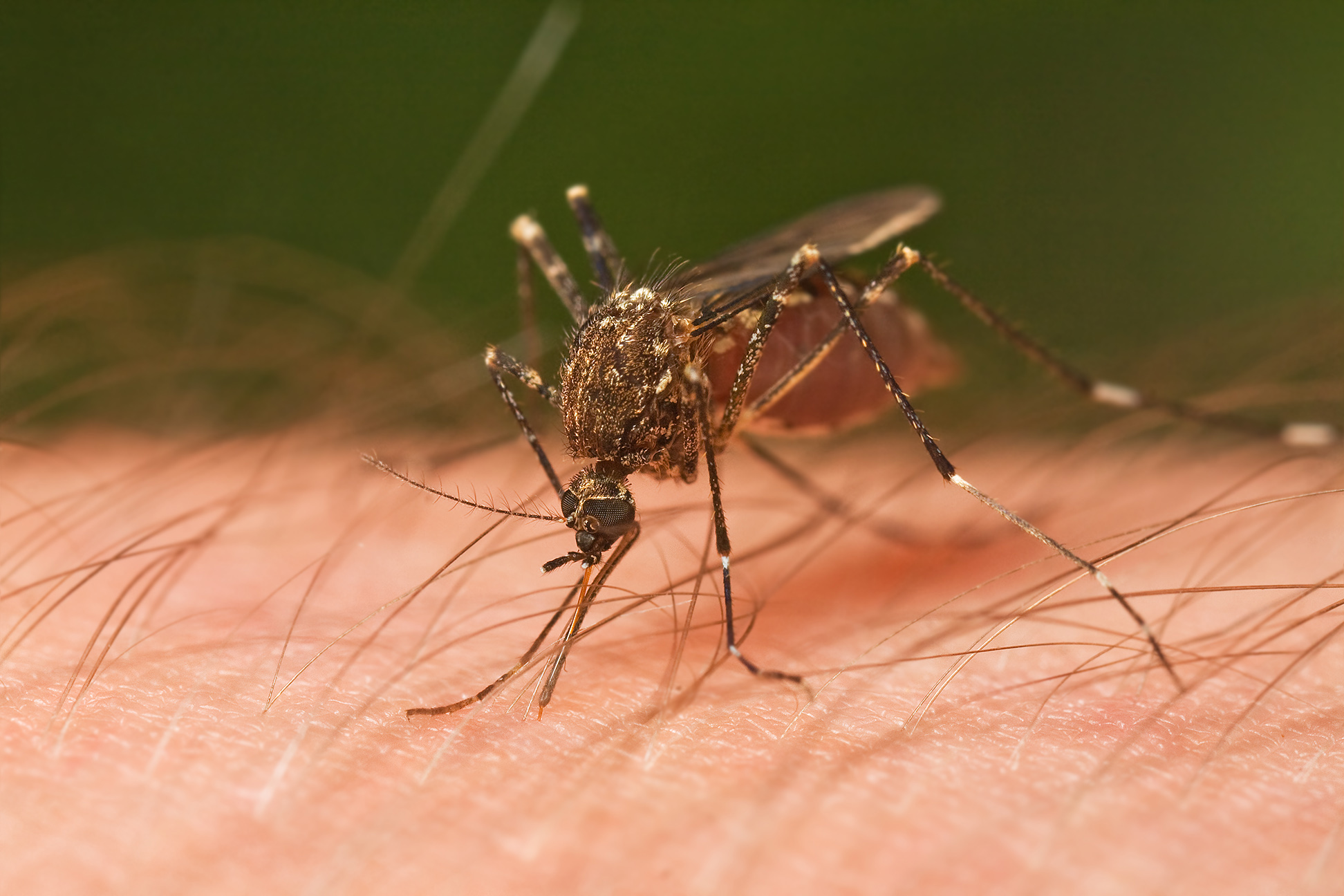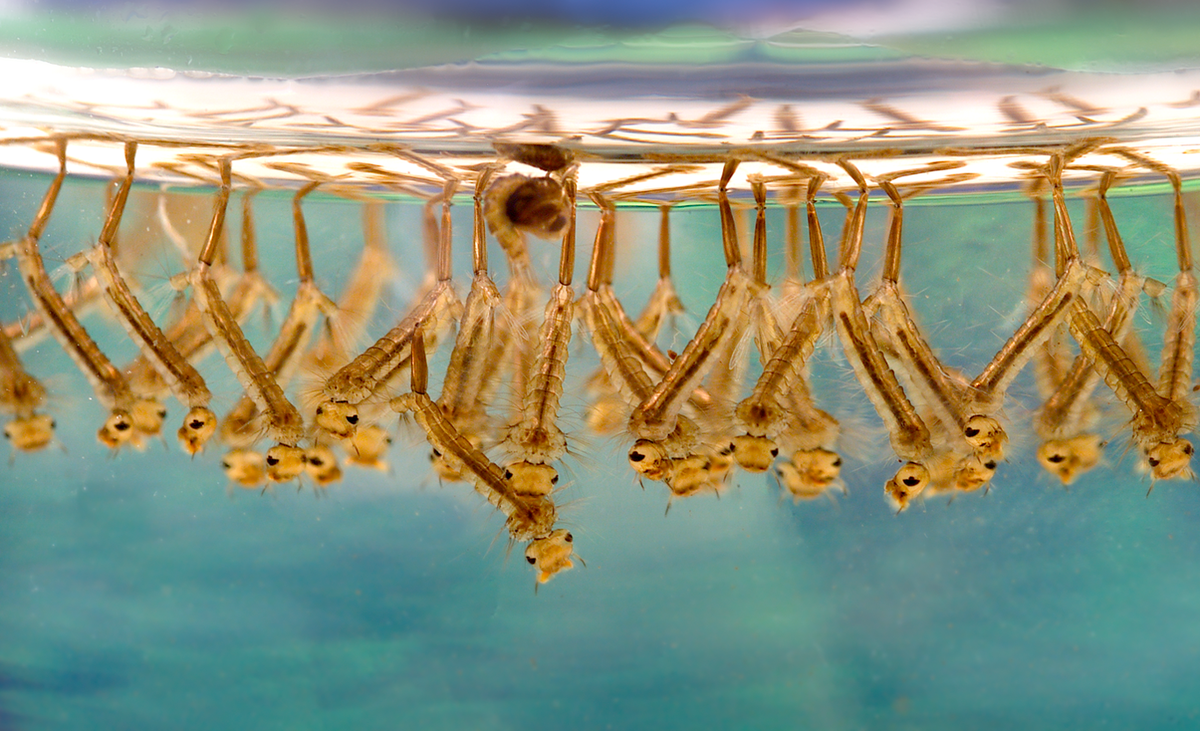Mosquitoes are small insects, but they are regarded as one of the most dangerous creatures on the planet. While their bite may seem like a minor irritation, the real danger lies in the diseases they can transmit. Understanding why mosquitoes are dangerous is essential to protecting yourself and your family from the health risks they pose.

 Mosquitoes need only a small amount of water to lay eggs, so eliminating standing water from gutters, birdbaths, and plant trays is crucial. Installing window and door screens, using bed nets, and wearing protective accessories can further reduce the risk of bites.
Mosquitoes need only a small amount of water to lay eggs, so eliminating standing water from gutters, birdbaths, and plant trays is crucial. Installing window and door screens, using bed nets, and wearing protective accessories can further reduce the risk of bites.

Why Are Mosquitoes So Dangerous?
Mosquitoes are vectors for some of the most severe diseases that affect humans. They act as carriers for viruses, bacteria, and parasites, transferring these pathogens when they bite to feed on blood. The female mosquito need blood to produce eggs, and during this process, it can transmit various pathogens to the host. The reason mosquitoes are particularly dangerous is their ability to transmit diseases quickly and to large populations. They live in a wide range of climates and breed rapidly, making them effective at spreading infections. Unlike other pests, a single bite from an infected mosquito can have serious health consequences, especially in regions where mosquito-borne diseases are prevalent.What Diseases Do Mosquitoes Transmit?
The diseases mosquitoes transmit vary depending on the species and geographic location, but some of the most dangerous illnesses include malaria, dengue fever, Zika virus, West Nile virus, and chikungunya. Malaria, spread primarily by the Anopheles mosquito, is one of the most well-known mosquito-borne diseases. Malaria impacts millions of people worldwide, especially in tropical and subtropical regions. The disease is caused by a parasite that makes its way into the bloodstream through a mosquito bite, causing symptoms such as fever, chills, and fatigue. Without treatment, malaria can be life-threatening, especially for young children and pregnant women. Dengue fever is transmitted by Aedes mosquitoes, primarily found in urban environments. Dengue causes flu-like symptoms, including high fever, severe headaches, joint and muscle pain, and hemorrhagic fever in severe cases,, which can be fatal. The Zika virus, also spread by Aedes mosquitoes, became notorious due to its link to birth defects, particularly microcephaly, when pregnant women are infected. Zika can also cause neurological complications in adults, though most people who contract the virus experience mild symptoms like fever, rash, and joint pain. West Nile virus is carried by Culex mosquitoes and is prevalent in North America. While many people infected with West Nile virus do not experience symptoms, severe cases cause neurological issues, which can be life-threatening, particularly for older adults. Chikungunya, another virus transmitted by Aedes mosquitoes, causes debilitating joint pain along with fever, headache, and rash. Though rarely fatal, the joint pain can last for months, impacting a person’s quality of life.How Dangerous Are Mosquitoes in Your Area?
The danger of mosquitoes largely depends on where you live. The risk of getting diseases like malaria and dengue is much higher in tropical reasons due to the local mosquito population and the prevalence of these diseases. However, even in temperate regions, mosquitoes can still pose a threat, as diseases like West Nile virus can be transmitted during warmer months. In areas with robust mosquito control programs and good public health infrastructure, the risk may be lower, but travelers to high-risk regions should always take precautions. Wearing long sleeves, using mosquito repellents, and sleeping under mosquito nets are common preventive measures in regions where mosquito-borne diseases are endemic.Preventing Mosquito-Borne Diseases
Preventing mosquito bites is the best way to avoid the diseases they transmit. This can be done through personal protection measures and by reducing mosquito populations around your home. Wearing insect repellent containing DEET, picaridin, or oil of lemon eucalyptus can help deter mosquitoes. Additionally, ensuring that there is no stagnant water around your home can prevent mosquitoes from breeding. Mosquitoes need only a small amount of water to lay eggs, so eliminating standing water from gutters, birdbaths, and plant trays is crucial. Installing window and door screens, using bed nets, and wearing protective accessories can further reduce the risk of bites.
Mosquitoes need only a small amount of water to lay eggs, so eliminating standing water from gutters, birdbaths, and plant trays is crucial. Installing window and door screens, using bed nets, and wearing protective accessories can further reduce the risk of bites.
Myths and Facts About Mosquito Dangers
| Myth | Fact |
| Mosquitoes are only dangerous in tropical areas. | Mosquitoes can transmit diseases in various climates, including temperate regions where West Nile virus is common. |
| All mosquitoes carry diseases. | Not all mosquitoes transmit diseases; only certain species are vectors for specific illnesses like malaria, dengue, and West Nile virus. |
| Mosquitoes are only active at night. | Some mosquito species, like Aedes, are active during the day and can transmit diseases like Zika and dengue. |
| Mosquitoes die after biting. | Unlike bees, mosquitoes do not die after biting and can feed multiple times, increasing the spread of diseases. |
| Only mosquito bites are dangerous. | While bites can transmit diseases, mosquitoes also play a role in spreading diseases to animals, including pets and livestock. |




